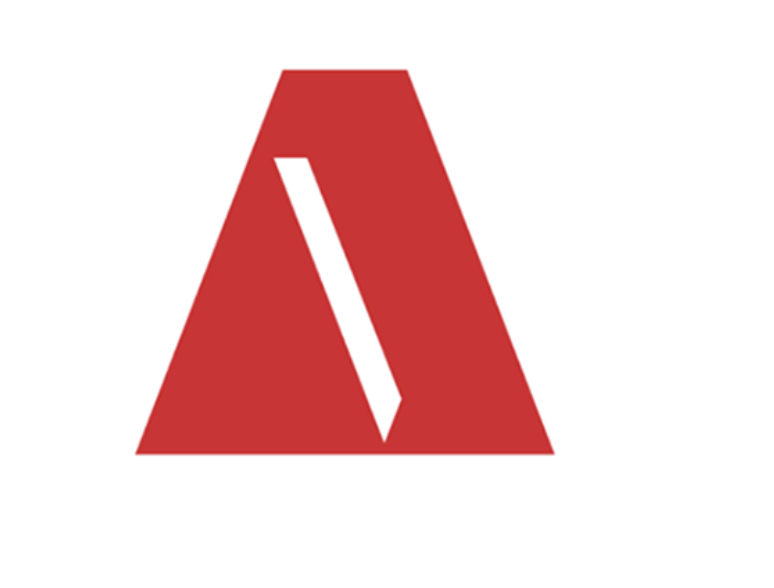The world has changed and there is no doubt that e-learning will become a more frequent and used platform. Leveraging this process is challenging, many features have to come together in order to provide a hazel-free experience for the student. The ideal software is without a doubt created and adjusted to the teaching institution as they all teach and operate in a unique way.
Feedback is something that not only will help improve the platform but also will encourage the students as it gives a sense of importance to them. Working in groups is fundamental, so creating break out rooms to divide is mandatory. This break out rooms includes an option to call the professor in case questions arise. Synchronization to a calendar is also helpful, as classes are scheduled outside of meetings and other activities, and this way, whoever the teacher knows that the person might be absent for a reason. Definitely cameras and screen share features should be included.
Contact information would probably be a good idea to include, as it might be easier to contact professors or classmates. Normally, there are assignments in previous and after classes. Lastly, having a tool for notes or bullet points could engage and serve the student to stay within the platform.
“For e-learning itself, I haven't thought too much about what platform functionality I'd favor. This past semester most graduate students would hop on live zoom lectures to answer questions in the chat while the professor taught without interruption. Often in classes, instructors give us an example of a question to work through ourselves before getting into the solution and why we're learning x topic. I wish they'd use something like randomized break rooms where we'd be forced to work with new people to learn this stuff.”
An ideal elearning platform would encompass announcements, custom grading structure with weighting, integrated media (pics, docs, sheets, videos, etc), and other teacher tools
It would also include a set of features that ensures accountability for assignments and manages the auto-reminders. In other words, google classroom but with better grading customizability and integration with services outside google drive.
What seemed like it would just be two weeks of online Google Classroom soon became two months, and then through the end of the school year. Most students were blessed having spent most of the year in the classroom learning face-to-face, watching math teachers complete proofs, dropping carts down ramps in physics, and analyzing Shakespeare in Literature. Teachers have been incredibly resilient during these past few months, having little instruction on how to teach online due to the quick transition.
However, virtual learning may be here to stay for a while.
With this comes new demand, the demand for virtual learning to be more, than just teachers passively posting, students submitting, and teachers grading. This diminishes the vital social and emotional bonds students form through spending 180 days in the classroom.
The ideal learning environment should, thus, have a platform for students and teachers to connect ‘face-to-face’ virtually by using video streaming technologies, allowing:
• Screen-sharing for easier demonstrations
• The online whiteboard options for working through problems and a full grid view of all call participants
• Options that stop the video from playing if the student switches to another tab
• Options such that the student may not skip past certain parts of the video
• Options to put multiple choice or short answer questions every few minutes, or however often the teacher sees fit
• “Quiz” after each video, with a locked browser to make sure the student is focusing on their work
• Dashboard of all classes
• Easily accessible “to-do”/”overdue” list based on the dates and submission
• Notifications when teachers grade students’ assignment
• Anti-plagiarism software in place to ensure academic integrity
Doing problems in a “test” setting under time pressure helps students retain received information.

